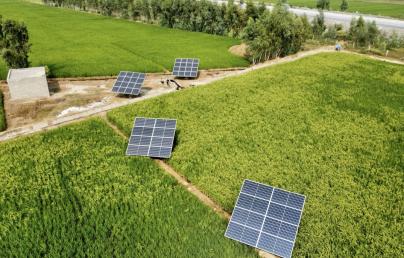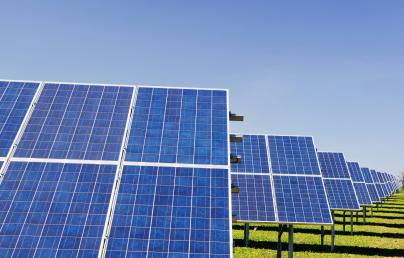
The role of circularity and low-carbon materials in building projects

The role of circularity and low-carbon materials in building projects
Why is it important the way we build? How is the construction and building industry going to be transformed in order to met the energy transition targets? According to Iulia Potor, from Partel, by integrating Life Cycle assessment for construction projects, professionals can optimise whole life carbon, cost, and circularity of design.
The way we build now and, in the future, will quickly change from best practices to essential ones for construction professionals. There’s a clear need for this.
The building sector accounts directly and indirectly for around 38% of global energy-related CO2 emissions (UNEP 2020). Of those total emissions, building operations are responsible for 28% annually, while building materials and construction (typically referred to as embodied carbon) are responsible for an additional 11% annually.
Irish Green Building Council describes embodied carbon as the emissions associated with all the activities of procuring, mining, harvesting raw materials, transforming these materials into construction products, transporting them to site and incorporating them into a building, and subsequently maintaining, replacing and removing and disposing at the end of their life.
As the world is becoming increasingly urbanized, global material use is expected to more than double by 2060, with a third of this rise attributable to materials used in the building and construction sector (OECD 2019).
Meeting the Paris Agreement goal to limit global warming to 1.5°C target, above pre-industrial levels, requires global decarbonization of the building and construction sector.
The impact of built environment - Local and national context
If we look at the Irish built environment, it is estimated to account for > 30% of the overall GHG emissions in a standard year. This includes emissions resulting from the energy required for the operation (~20% of overall emissions) and the construction of the built environment (~10% of overall emissions) according to the IGBC report. The residential sector is the largest emission-impacting sector both in construction and in operation.
Read the full article here.

